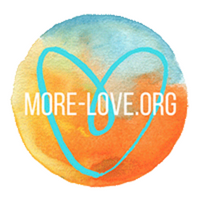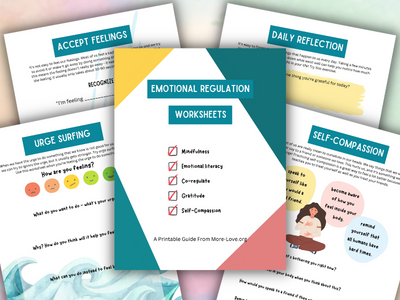
by Charlotte W. Thomas, LCSW
Cognitive Behavior Therapy (CBT) is a great first line and evidence-based treatment for many diagnoses – depression, anxiety, and of course, eating disorders. For many individuals, including children and adolescents, who are newly diagnosed with an eating disorder, CBT should be considered as a best-practice starting place.
In a simplified way, Dialectical Behavior Therapy (DBT) can be described as a working partnership between CBT and mindfulness practices that guide individuals away from the polarization of thoughts, emotions, and behaviors. This practice of pulling away from polarization is where the ‘dialectical’ of DBT comes from. DBT also places more focus on behaviors and eliciting new behaviors than CBT, which places more emphasis on thoughts.
DBT has been demonstrated through rigorous peer-reviewed research protocols to be effective in helping individuals who struggle with issues based on severe and or chronic emotion dysregulation. This emotion dysregulation often leads to behavioral responses such as self-harm, suicidality, substance abuse, and disordered eating.
Emotional Regulation Worksheets
Give these printable worksheets to grow more confident, calm and resilient and feel better, fast!
- Self-Esteem
- Self-Regulation
- Mindfulness
- Calming strategies
When to consider DBT for an eating disorder
For parents trying to find the best source of treatment for their child, DBT should be considered when one or more of the following exists: more standard forms of treatment (such as CBT) have been tried and haven’t worked; there are multiple problematic behaviors happening (eating disorder behaviors plus substance abuse or suicidality, for example); or you have been aware for a long time that your child struggles with very intense emotions and feels overwhelmed or debilitated by them.
One of the really lovely things about DBT (and there are so many lovely things about DBT) is that we have a well-designed structure within which we can flex significantly based on individual need, rather than diagnostic classification. This means we use DBT for all clients, regardless of the type of eating disorder they present. In our case, approximately 40-45% of our clients fall into the Binge Eating type of disorder and another 40-45% into the Restrictive types of disorders (this includes restriction as primary with binge/purge subtype), with the remaining 15-20% as fitting Bulimia Nervosa.
Family involvement
At our clinic, we deeply integrate the family into eating disorder treatment. For example, all adolescent clients attending our program attend a weekly DBT skills group using DBT materials adapted for adolescents. Parents attend a skills group simultaneously, though separately.
This allows parents to learn and practice skills while supporting the skills practice of their children. Parents are invited to join the individual sessions approximately once per month, and parents are often offered additional support on site which may include extra parent-coaching sessions, individual therapy, and family therapy.
Finding the right therapist
The other thing I can’t highlight enough is the importance of finding a therapist who has expertise in both eating disorders and the therapeutic paradigm (in this case, CBT or DBT) that you are seeking.
Both CBT and DBT are highly complex treatments that require years of training and ongoing supervision and consultation to practice well, not to mention the expertise required for understanding eating disorders well. Don’t be afraid to ask to see the individual’s resume, CV, training credentials, or professional disclosure statement.
If you were seeking treatment for a heart condition, you would be unlikely to go to a physician who was a urologist, but had “read a few books on cardiology.”
I strongly believe we all need to practice the same vigilance when talking about something as scary and challenging as an eating disorder. Don’t be afraid to ask questions that will help you to find the best fit for your child and your family, regardless of the therapeutic strategy you are choosing.
What parents should know about eating disorders
Something I learned when I was first training in the world of eating disorders, and learning FBT as my first and primary tool, was that parents did not cause the eating disorder and the child/adolescent did not choose the eating disorder. It is something that has happened through an as yet not well-understood combination of genetics, biology, and environment.
This dovetails well with the core assumptions of DBT: “People are doing the best they can, people want to improve, and people need to do better, try harder, and be more motivated to change.”
Nobody chooses to start an eating disorder and nobody carries the blame! Adding a key DBT slant, you (and your child) did not choose to be here, and yet you must work to move forward, to heal, to focus on recovery.

Charlotte W. Thomas, LCSW, is Program Manager at the Portland DBT Institute. Charlotte’s professional interest is in treating eating disorders and associated needs including borderline personality disorder, depression and anxiety. She has experience in private practice mental health settings, providing individual, family, and group services for teens and adults. At Portland DBTI, Charlotte is the Program Manager for the Pathways to Mindful Eating program. Website


